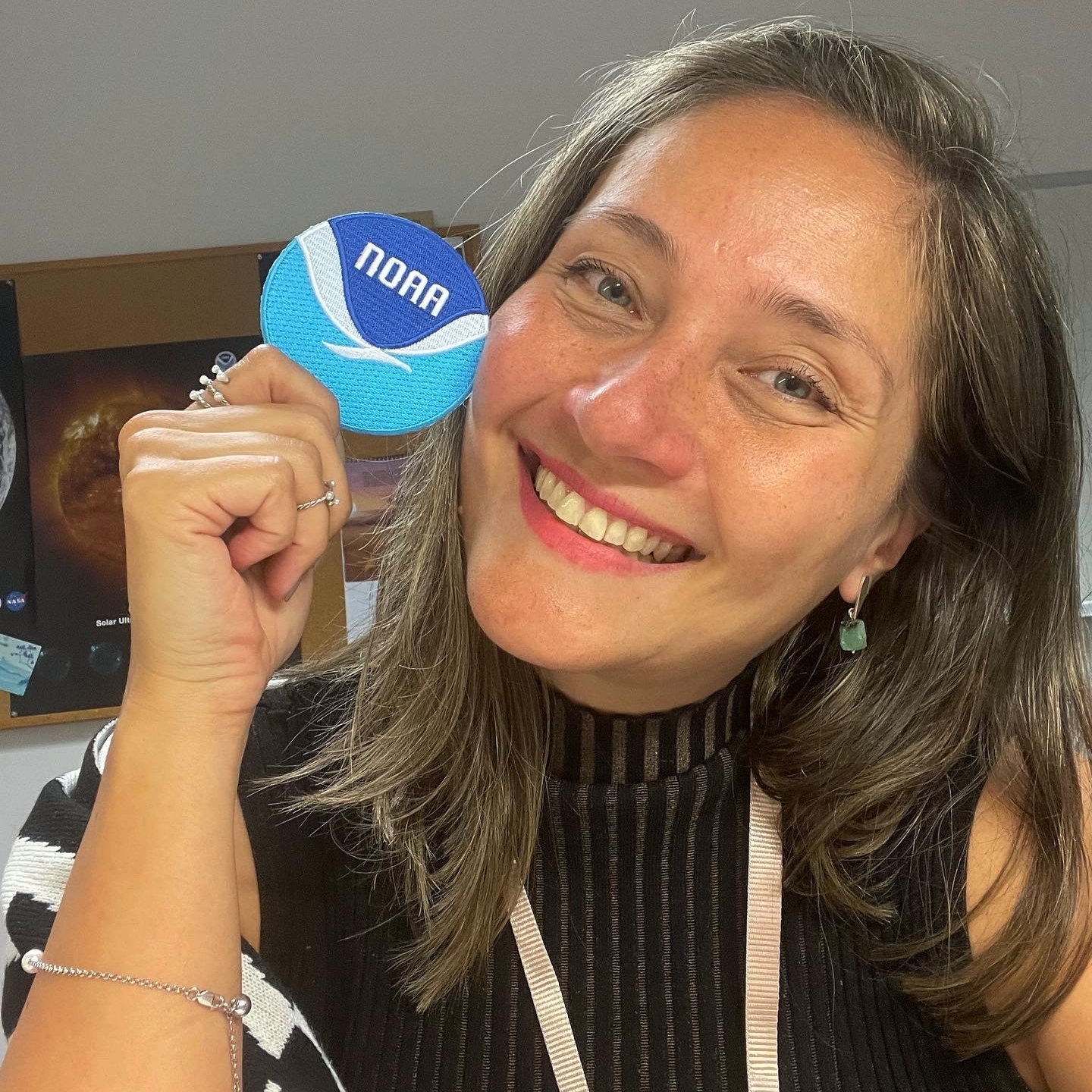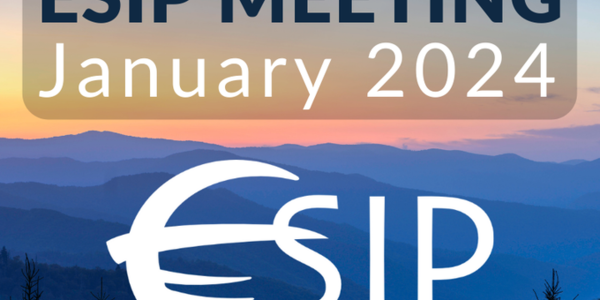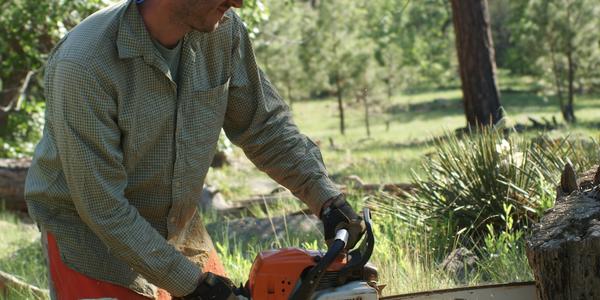

Here at NCEI, we aren’t just data—we are people. In our Humans of NCEI series, meet the awesome minds that manage one of the largest archives of atmospheric, coastal, geophysical, and oceanic research in the world. Get to know Alessandra (Ale) Pacini, a Heliophysics Data Steward.
What is your job title?
Heliophysics Data Steward.
What is your specific area of expertise?
Solar and Space Physics, which is also called Heliophysics, that includes Space Weather.
What was your first job? How did it prepare you for your current position?
I started my career in 2000 as an undergraduate Research Assistant at the Center of Radio Astronomy and Astrophysics (CRAAM) at Mackenzie University in São Paulo, Brazil where I was a first year Physics student. At CRAAM, I discovered the Solar Physics field and the Sun-Earth connections (now called Space Weather). During my first job, I fell in love with the Sun and its dynamics and since then, my career has been tied to our beautiful star and its influences on our blue planet.
How did you end up at NCEI?
I first joined NCEI in 2021 as a NOAA Affiliate, working on the magnetometer data from NOAA's satellites at the Cooperative Institute for Research in Environmental Sciences (CIRES). For almost two years, I participated in calibration, validation, data stewardship, and science projects and also had the opportunity to learn about the important work that our NCEI Solar and Terrestrial Physics (STP) group does to enable Solar and Space Weather science and operations. I loved my job but I felt the need to be even more involved with the different instrument teams within STP and enhance my service to NOAA's mission. So I applied for a federal position and, since summer 2023, I'm the happiest new federal employee at NCEI/STP.
What does a usual workday look like for you?
As a Helio Data Steward, my job requires a deep understanding of current and future NCEI Solar and Space Weather products, as well as our data users’ needs. During a usual workday, I have meetings with teams that are planning or building the future NOAA Space Weather missions (GOES-U, SWFO-L1, SW Next) with scientists and operators that use our data (Space Weather Prediction Center or other national and international universities and institutions) and with other NOAA colleagues that are responsible for archiving and/or provide access to our datasets. I also support NOAA's communication and outreach efforts by giving public talks about our work and improving our public online presence. On top of all of those tasks, I continue to work on my Heliophysics research, using the NOAA rich Space Weather database in my investigations.
What question are you asked most often when someone finds out what you do? How do you respond?
Usually people are curious about sunspots, auroras, and the impact of solar flares on our technology. I love to explain all those phenomena in detail and I can spend hours talking about solar activity, solar flares, and coronal mass ejections. I also love to see people's reaction when I tell them that our planet lies in the solar wind!
What sort of training and education would one need for your job?
I followed the traditional pathway to become a Heliophysicist: undergrad in Physics followed by a masters and a Ph.D (actually I have 2 Ph.Ds degrees) in Space Physics. For my specific position (Helio Data Steward), being a scientist was a requirement, since one needs to understand both the data and the physics behind the measurements. But I want to highlight that in the Heliophysics field, there is room for other careers like data analysts, software engineers, space weather forecasters, educators, communicators, and so on. I'm sure one can find a way to combine their training with a passion for the Sun and Space Weather!
What inspired you to pursue a career in your field?
I first realized that I would like to be a space scientist as a 15 year-old. I watched the movie "Contact" and saw Jodie Foster playing the role of the astrophysicist Ellie Arroway. Seeing that woman working in different observatories, analyzing her data, and fighting for her science was exactly what I needed to be able to see myself doing that job. The funny thing is that, years later, I ended up working in the same observatories featured in that movie. I even met Dr. Jill Tarter in person—she was the real astronomer who inspired Carl Sagan to write the character of Dr. Ellie Arroway in the book Contact. Isn't it amazing?
What projects are you working on now? Are there any upcoming projects that you are excited about?
One of the main projects I'm working on is the future mission Space Weather Follow-On L1 (SWFO-L1) that NOAA will send to the solar wind in 2025. I'm supporting our NCEI/STP team to get it ready for launch and I can't wait to see this satellite in operation. It will provide key observations to the forecasters at NOAA/SWPC and also new and exciting data to our Helio science community through the "SWFO science center" portal that is under development at NCEI. Here at NCEI, we are literally counting down the days for SWFO-L1 launch!
What is your favorite aspect of your job?
Well, I'm lucky to say that my job involves many of my passions: Heliophysics, science outreach and data stewardship (that is the part of the job focused on enabling science and operations). I guess my favorite part is to work with multi-disciplinary and super competent teams. I find it very exciting to learn the different perspectives that come up during our meetings and I love to see how much value diverse views bring to our common goals.
What challenges have you had to deal with in your career?
I had some trouble navigating in the science career as part of underrepresented groups: first as a woman and after moving to the U.S., as a Latina. I believe I learned how to deal with most of those challenges and I do my best to make sure the path is less bumpy for future generations.
Who are you outside of your career?
I'm a 40 year-old woman who is a mother of 2 kiddos (and two little dogs) and shares her passion for space, Latin music, coffee, and food with her husband. I'm also a volunteer DJ at Boulder's community radio KGNU and a writer of the Girls InSpace books. I'm a mentor of the United Nations Space4Women program and a member of committees dedicated to enhancing diversity, equality, inclusion and accessibility in the Heliophysics field and promoting science education and outreach within different national and international scientific organizations.
What’s on your playlist?
I'm always singing, playing, and dancing Samba!



